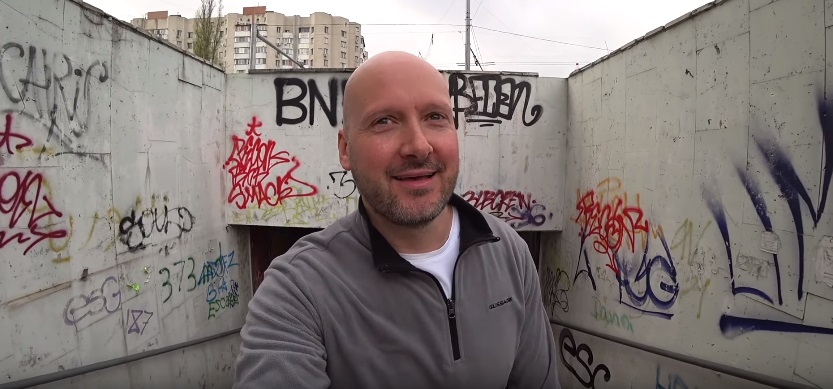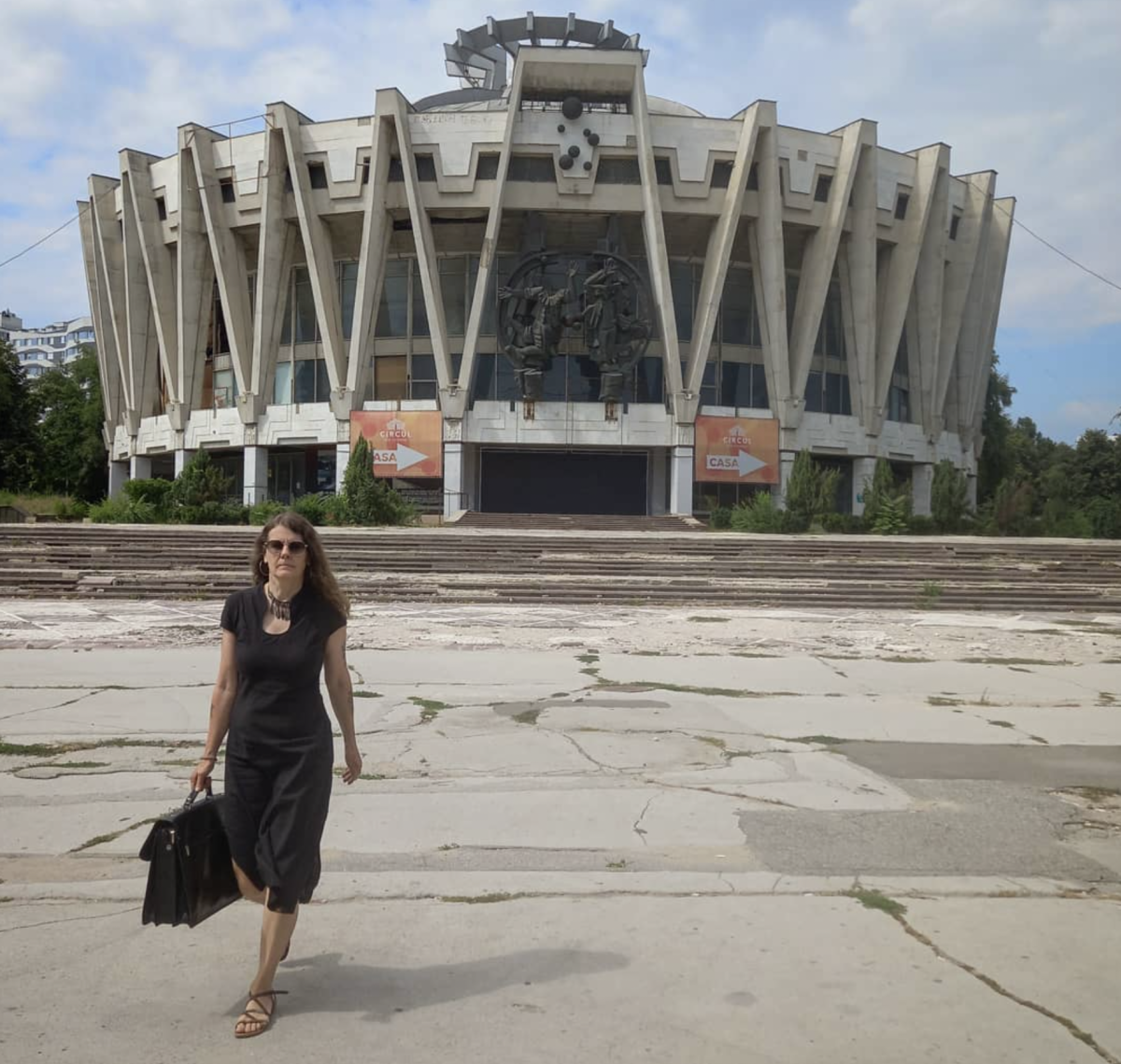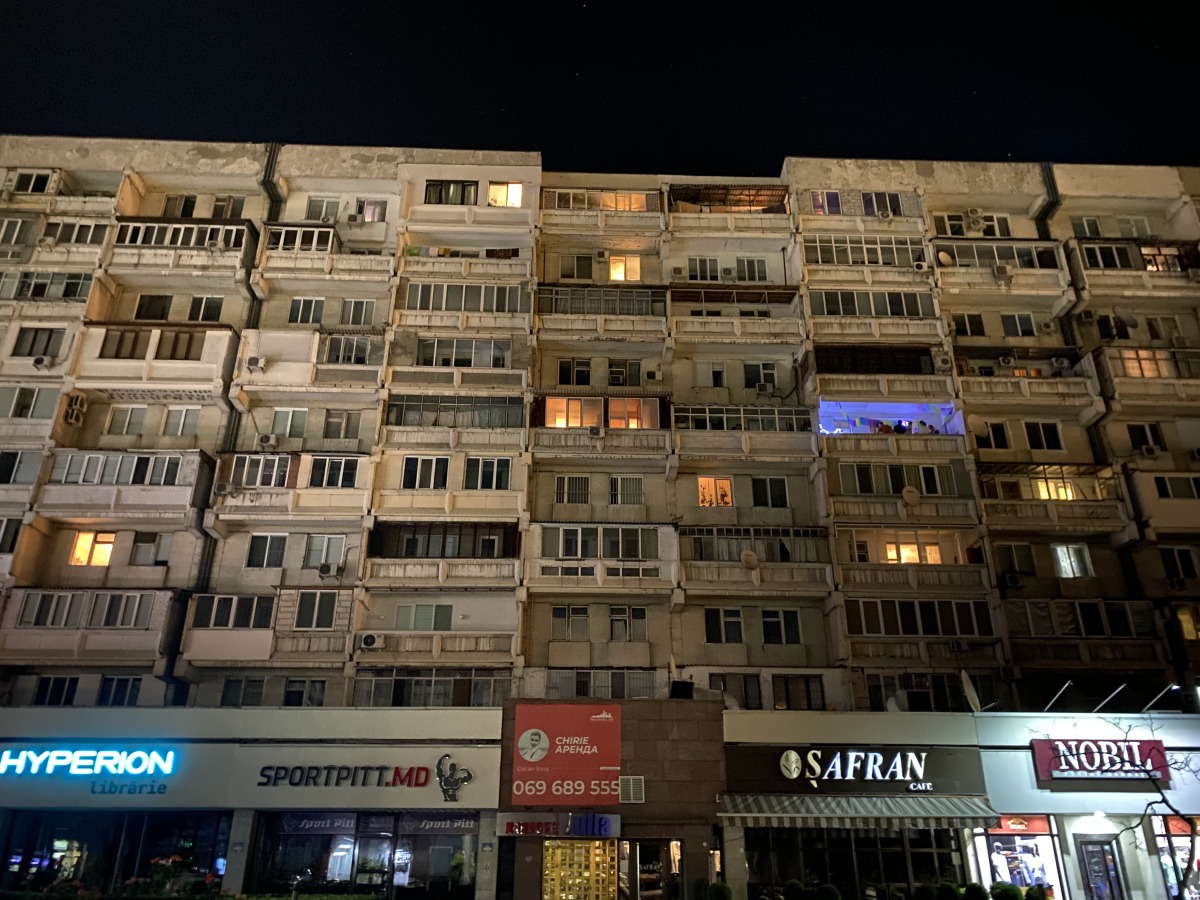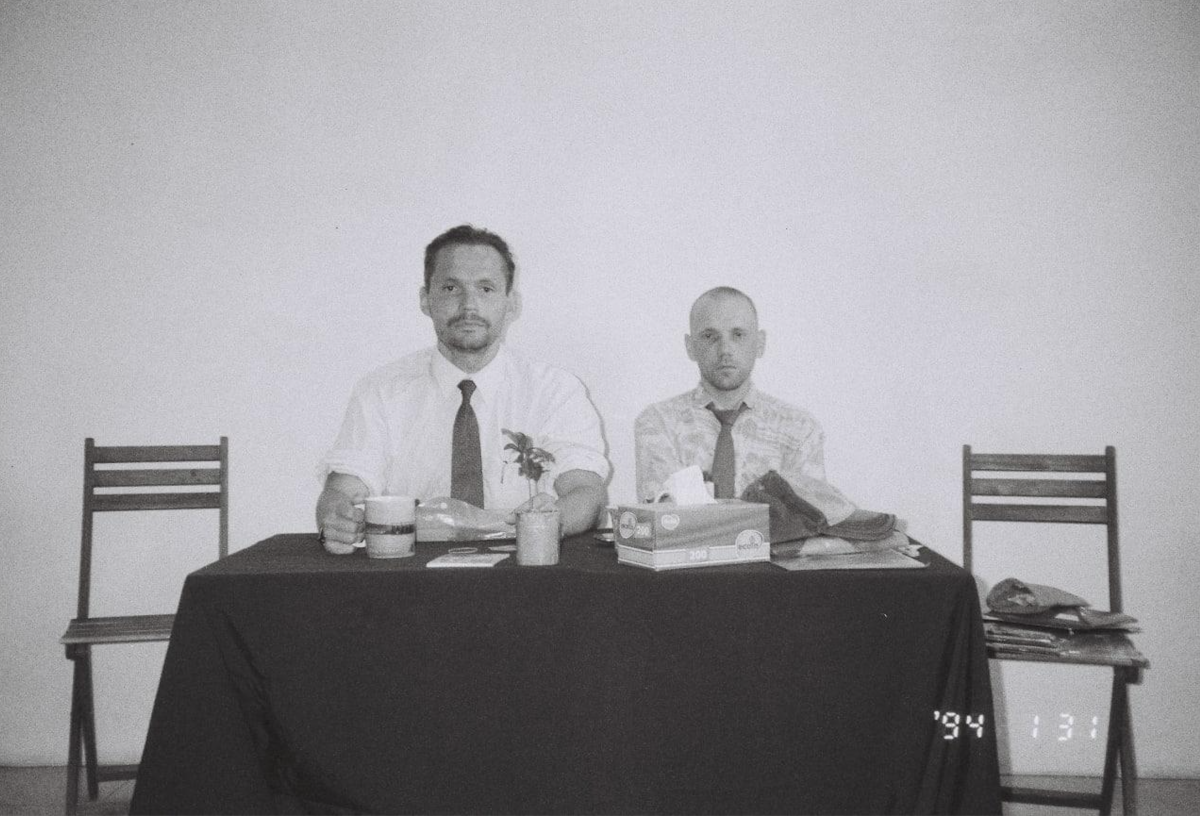Gary Farrelly is an Irish visual and performance artist based in Brussels. Together with his German collaborator Chris Dreier, he works under the banner of Office for Joint Administrative Intelligence. O.J.A.I. is a self-styled paraintelligence agency, conducting artistic research in the fields of institutional power, bureaucracy, erotic architecture, ritualistic magic and pedestrian tunnels. The following text is an account of how they fell in love with Chișinău, Europe’s least visited capital city. The author explicitly stipulates that these words are not intended as either a visitors guide to the city nor as a briefing on the current political situation.
Gary Farrelly's new exhibition Proximity Papers in Brussels channels the political and architectural imaginaries inhabiting his more bombastic performance workhttps://t.co/QaxxmsqYvN@VertovVertov @Roisin_Agnew @M0REM00REM0RE @DublinDigiRadio @DorjeDe @BowesChay @danieleidiniph1
— CassandraVoices (@VoicesCassandra) November 30, 2022
Bald and Bankrupt
On April 19th 2019, a prominent Russophile YouTuber called Bald and Bankrupt uploaded a video about Moldova entitled Nobody Visits This Country…Find Out Why.
Mr Bald aka Benjamin Rich, is niche-famous for his swashbuckling travel vlogs exploring obscure corners of the former Eastern Block, with an obsessive interest in the ex-Soviet republics. His videos focus on forgotten and defamed Communist-era architecture and monuments, always demonstrating seemingly genuine care towards the subject matter.
For some unknown reason however – quite uncharacteristically – all his generosity evaporated the day he arrived in Chișinău, Moldova’s capital. In a very brutal fashion, that day’s upload catalogued a litany of the city’s most embarrassing post-independence scars: cracked pavements, abandoned mega-hotel, dried up fountains, dilapidated apartment blocks and a rusted wheelchair ramp.
As he passes POV style through a ramshackle section of pedestrian tunnel, the video reaches its crescendo of defamatory impact, providing a scorching portrayal of the Moldovan capital as an obliterated void inhabited by corrupt elites and demoralized citizens.
In a very real sense, Chișinău’s reputation was assassinated in the tunnel. As of now, the video has been watched over 11,000,000 times. This makes it by far the most viewed video about the city (or the country for that matter) anywhere on the internet.

Screenshot of Bald and Bankrupt in Chișinău.
Down a Rabbit Hole
Myself and Chris came across this video at the exact moment we were devoting ourselves to a series of performances, musical scores, and radio broadcasts recasting neglected tunnels as sites for performative assembly.
We were down a rabbit hole of defamatory material related to tunnels such as the infamous assault scene in Gaspar Noé’s Irréversible and other nerve shredding depictions from movies such as Willy Wonka & the Chocolate Factory, THX 1138, Possession, Men, IT, and Logan’s Run.
We had a burning desire to visit the scene of the Chișinău assassination! So we got in touch with Oberliht, the Moldovan Young Artists Association who were taking submissions for their annual EDU-Art Conference. They accepted our proposal for a Musique Concrète workshop to take place inside the notorious tunnel, using the site-specific acoustics of the architecture to produce a collaborative sound piece with the participants.
The conference took place in Autumn 2020 when Moldova’s borders were still closed to all but essential travellers due to the pandemic. We asked the organisers to furnish us with the most serious looking letter of invitation possible, completely steamed clean of any artistic flourishes. The word ‘artist’ was dropped from the text and replaced with ‘cultural researcher’ which we deemed much more likely to pass as ‘essential’.
We arrived at Chișinău Airport at midnight. An intimidating ice maiden border guard in military uniform inspected our “essential traveller” documents for an unnervingly long time before rubber stamping our admission to the Republic of Moldova.

Enjoying Chișinău with my friend, writer and filmmaker Roisin Agnew during our sloppy summer vacation to the city in 2021.
First Impressions
Chișinău is an attractive city, laid out on a compact human-friendly scale, it’s comparable in size to Antwerp, Reykjavik, Belfast or Wuppertal.
Arriving downtown following the footsteps of Bald and Bankrupt we first encounter the abandoned National Hotel, an impressive Soviet-era behemoth with dried up fountain plaza at street level. Many say it mars the visitor’s first impression of the city. I disagree. I’m drawn to its sturdy, masculine structure.
The downtown area features an attractive mix of historical architectural styles and luscious green public spaces.
Typically, I’m not enamoured with ornate old buildings so I didn’t go out of my way to see those things. I was more intrigued by the presence of Soviet-era structures like the Moldtelecom Tower, National Opera & Ballet, Presidential Palace, national parliament and further afield, the State Circus and iconic Romashka ‘Ear of Corn’ residential tower.
These are imposing, modernist fortresses, constructed in heavy cast concrete, shamelessly still reifying the power of the Soviet state into the public space.
It was a pleasant surprise to find that there is more than one defamed subterranean passageway running under the central districts.
We enlisted the help of a well-known local tour guide named Nikolai, who took us on a walking tour connecting all the known pedestrian tunnels and modern office blocks in the area (this was a customised trajectory especially for us). Nikolai was a generous guide, and as we spelunked our way across the city; he talked about the challenges of forging a new national identity in the ideological and spatial debris field left in the wake of the Soviet Union.
The Soviets had all the resources and coercive power in the world to throw at substantiating and mythologizing their state institutions. Independent Moldova, on the other hand, is facing challenges as a small and fragile state with limited resources and influence on the global stage.
According to United Nations data, an estimated 1.27 million people emigrated from Moldova between 1990 and 2020, which is rather a lot considering the current population is just under three million.
This brain drain has had a significant impact on Moldova’s ability to develop and prosper, and many citizens are concerned about the future prospects of their young state.

Chris Dreier at the State Circus, summer 2021.
Tunnels Cannot be Avoided
An ideal day in Chisinau involves lots of wandering and enjoying strange urbanism and generous public parks. Tunnels cannot be avoided due to the epic wide boulevards that crisscross the downtown.
Due to a strategic location between Russian and European cultural and economic influences, most of the commercial and retail environment is unfamiliar to me. I don’t recognise these banks, clothing brands, billboard advertisements, travel agencies or supermarket chains. The unfamiliarity is pleasurable, I feel like I’ve really travelled somewhere.
A highpoint is lunch at the performatively bureaucratic trade union cafeteria, introduced to us by our friends Clara and Ana. The subsidized restaurant is an unfashionable trace of post collective social organisation. Customers dine under harsh LED chandeliers at banquet tables with white doily-drape and bouquets of synthetic red roses.
Moldova is a pretty religious place and the public morality and culture are perceptively conservative to someone coming from Western Europe. If there is an alternative scene, a counter-reaction to the conformist social body, it resides in the Zemstvei Building, a former museum now inhabited by cycling activists, a queer café and the Zpațiu / Zpace contemporary art project space.
The highpoint is at the end of the hall at 3rd Space, an artist studio inhabited by the Drujba and Kolxoz (Collective Economy) art collectives. I’m particularly enamoured with Kolxoz. Their work revolving around DIY group publishing strikes me as being particularly radical. My last night in Chisinau (this January) was spent with Kolxoz drinking Transnistrian cognac and debating whether Lenin has been ‘cancelled’ in post Cold War Eastern Europe.

Mixed apartment and retail block, downtown Chișinău, photo Roisin Agnew.
Subsequent Visits
We make several more trips to Chisinau over the next few years. On subsequent visits, it becomes clear that an ambitious municipal beautification scheme has kicked into gear. Pavements have been lavishly restored, buildings freshly painted, and there is fancy new street signage and flower arrangements.
Interestingly, the pedestrian tunnel in Bald and Bankrupt’s video has been restored to its pristine state. There is a conspiracy theory floating around that the powers that be were so mortified by the video that heads rolled and a massive Tunnel Improvement plan was hastily brought into being.
Some fine restaurants, fancy cafes, trendy bars and shops are popping up here and there. Chisinau is reinventing itself, with the clear ambition of someday being a mainstream tourist destination, a slightly cheaper, more parochial Bucharest or Cracow.
It’s a long term plan though, and for the moment being here feels a million miles away from more banal, mediated tourist experiences further west; the city-break destinations characterised by lime scooters, QR code explanations, bubble tea, Van Gogh 3D and the big red fun bus tours.
This city hasn’t figured out how to market itself to an external gaze. It’s just a medium-sized working city, with really good pedestrian tunnels and office blocks, where people live and go to work and worry about the future. It’s refreshingly dull and I like it.

Kolxoz in their Headquarters at the former Zemstvei Museum. Copyright Kolxoz.
Feature Image: Office for Joint Administrative Intelligence in front of National Hotel, Chișinău photo Victoria Tihonova




